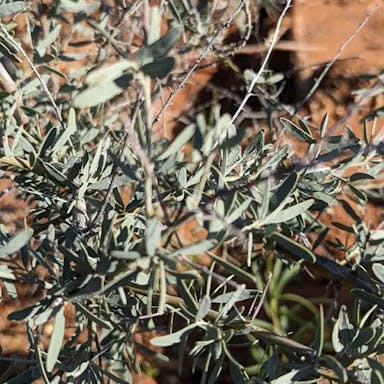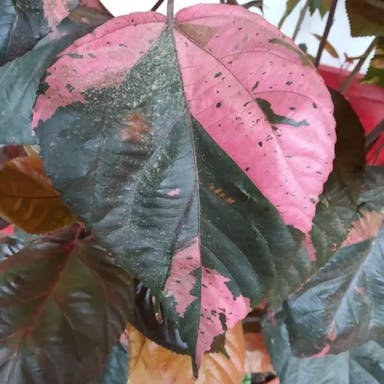Purple beautyberry, scientifically known as Callicarpa dichotoma, is a deciduous shrub native to East Asia. It is characterized by its vibrant purple berries that appear in clusters along the stems, adding a pop of color to gardens. The small, pink flowers of this plant bloom in late summer to early fall, attracting pollinators. The name "Callicarpa" is derived from Greek words meaning "beautiful fruit," which aptly describes the plant's striking berries. This species is commonly cultivated for its ornamental value and is relatively easy to grow in well-drained soil and full sun to partial shade. Beautyberries typically reach a height of 3 to 6 feet and have a rounded shape, making them suitable for borders or mass plantings in landscaping. The berries of Callicarpa dichotoma are not edible for humans but provide food for birds and wildlife during the winter months. This plant is a popular choice for adding color and interest to gardens, especially in the autumn season.
0
0











